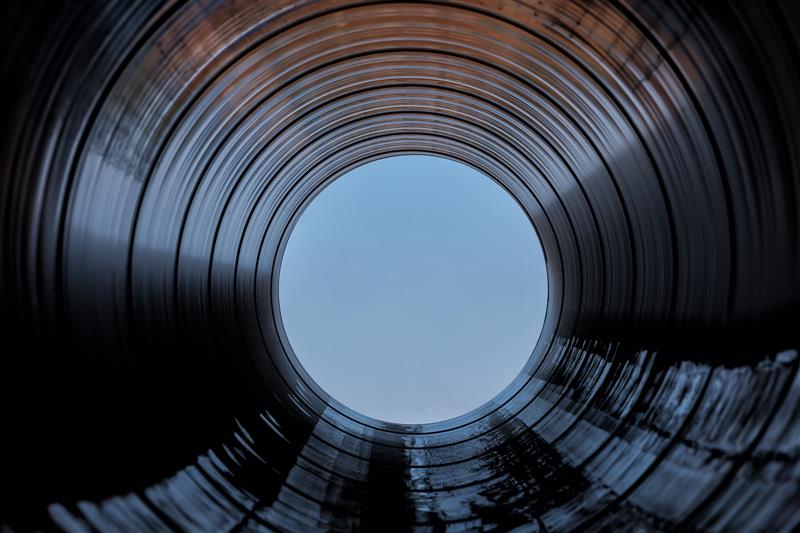Ensuring the security and resilience of our energy infrastructure is crucial, especially when it comes to the underwater infrastructure in the Baltic Sea. Protecting these interconnectors is essential for maintaining the security of energy supply and to enable diversification of energy sources. Without these connections, Finland would essentially be an island, isolated from the broader European energy network.

Why interconnectors matter
Europe is a relatively small continent with a diverse array of energy production and consumption methods. However, this diversity only works efficiently with connected markets for electricity, gas, and hydrogen. Connected markets require infrastructure. No single country can be efficient on its own; we need interconnected demand, stabilization, and supply. When interconnectors experience issues, such as the recent disruption to EstLink 2, we see electricity prices rise in Estonia, and the likelihood of severe events increases.
While reductions in transmission capacity alone may not lead to more volatile pricing, it does drive prices higher during low-wind winter periods if import capacity from other countries is limited. Additionally, the price of gas also peaked in mid-February, affecting electricity prices. According to Alexela[1], the EstLink 2 outage alone will cost electricity consumers in Estonia around €50M in February.
Interconnectors play a crucial role in the market by ensuring a stable and diversified energy supply. They help balance supply and demand across different regions, reducing volatility and enhancing the overall efficiency of the energy system. The European Union is actively driving the development of these connections, recognizing their importance for a resilient and integrated energy market.
The role of infrastructure in future planning
The frequent tripping of interconnectors and the numerous accidents highlight the need for robust planning and protection measures. The more diverse our energy production, including electricity, hydrogen, and gas, the more we need to leverage all potential sources and interconnected networks across the Baltic Sea countries. This interconnectedness is vital for a stable and secure energy supply.
The BalticSeaH2 hydrogen valley project is based on these connections, and the need for a cross-border valley is significant. Millions of tonnes of hydrogen will flow through these networks, and we must ensure that the infrastructure is protected and built with safety and security considerations in mind. The recent EU funding for the feasibility phase of the Nordic-Baltic Hydrogen Corridor is a positive step in this direction.
The importance of protecting our energy infrastructure cannot be overstated. Effective methods to protect underwater cables include burying them in the seabed and covering them with concrete, gravel or sand [2]. This helps safeguard the cables from potential damage caused by anchors or other underwater activities. Additionally, having a visible presence in the maritime area to ensure security is crucial. This includes having sufficient vessels that are seaworthy and capable of carrying the necessary equipment for protection and maintenance. Already in the planning phase, decentralization of critical infrastructure should be considered.
Looking Ahead
As we look to the future, it is clear that if we do not build these infrastructure corridors, then we will find it much more challenging to manage our energy systems, both in terms of curtailment of renewable energy and higher costs for consumers. Green industrial investments will inevitably require more renewable power. Positive developments in infrastructures are essential for ensuring a stable and secure energy supply for Europe. By investing in and protecting our interconnectors, we can create a resilient and efficient energy network that benefits all countries involved. Additionally, the decentralization of critical infrastructure is also a significant security factor, as it reduces the risk of widespread disruptions and enhances the overall resilience of the energy system.
In conclusion, the focus on the safety and protection of our energy infrastructure underscores the critical importance of interconnectors. They are the backbone of Europe’s energy system, ensuring stability, security, and efficiency. As we continue to develop and protect these connections, we pave the way for a brighter and more sustainable energy future.
[1] https://news.err.ee/1609605374/estlink-2-outage-to-cost-consumers-50-million-in-february[2] https://www.err.ee/1609595189/kogenud-tuuker-impulsile-merekaablit-saab-kaitsta-mattes-ja-kattes